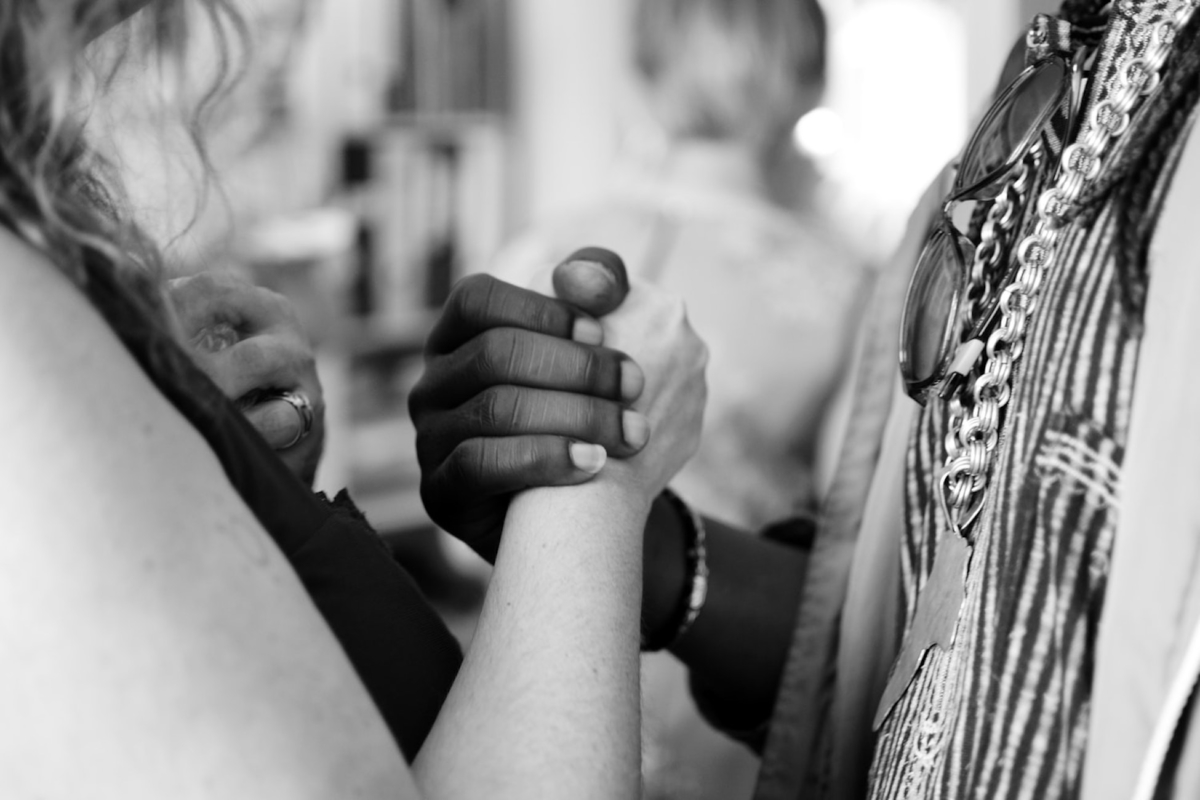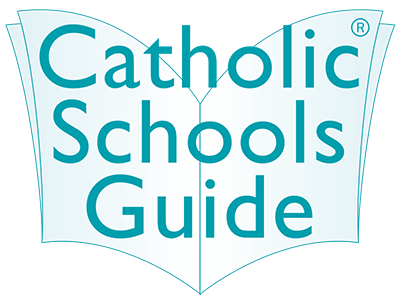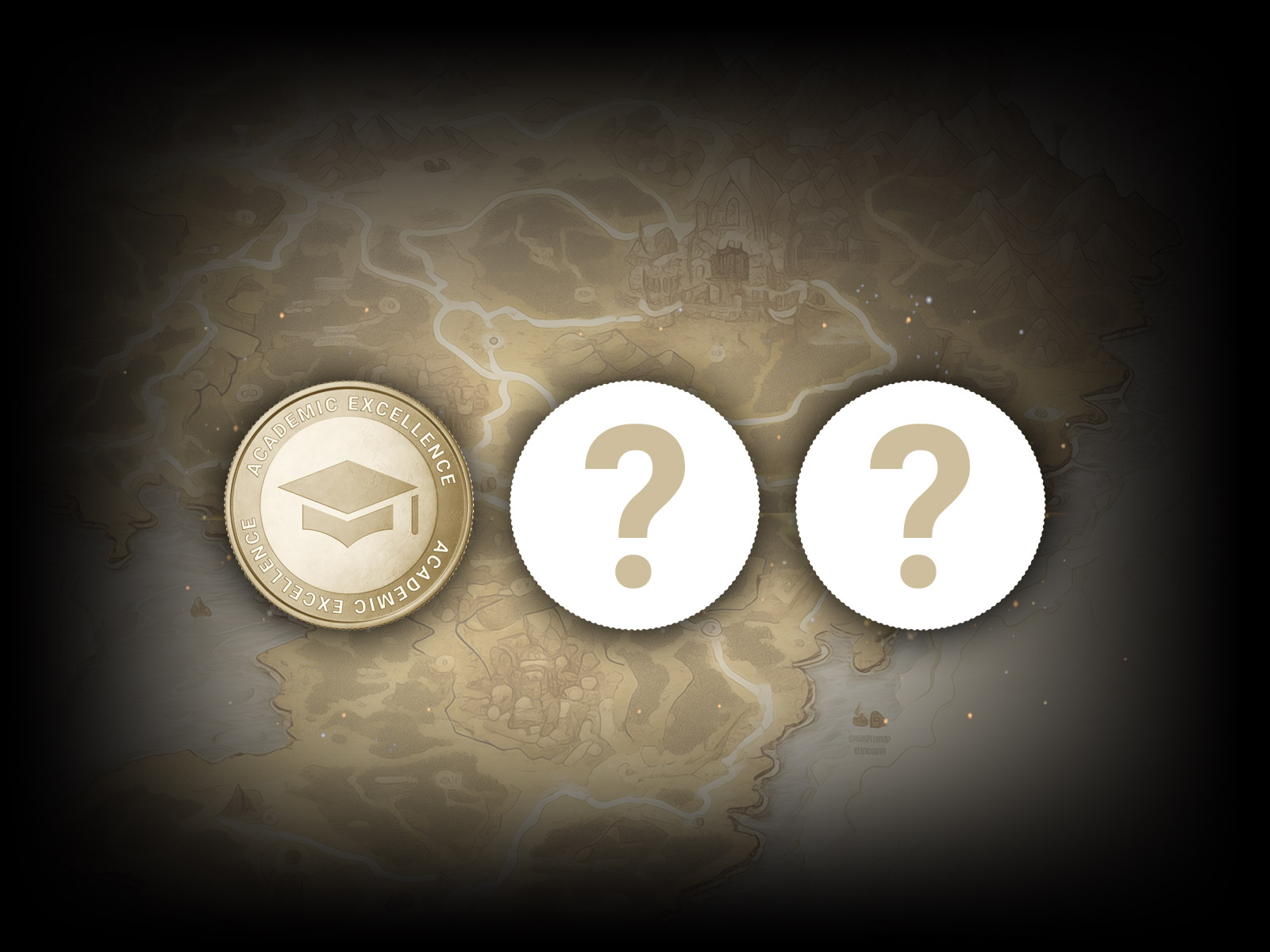News and Media

Schooling for a Future of Strength, Respect and Equity By Rosalyn Thomas
In schools across our country, students of all ages are engaging with and learning about the significance, contribution and strength of the First Peoples of our nation.
In these same classrooms the next generation of Aboriginal and Torres Strait Islander leaders are also engaging with and seeing themselves reflected in the curriculum. This cohort of students will be the first generation of Aboriginal and Torres Strait Islander students to experience a curriculum and education that respectfully reflects their cultures, histories and voice.
However, in many communities there still remains a significant achievement gap between Aboriginal and Torres Strait Islander students and their peers. As reported in the Commonwealth Government’s annual Closing the Gap Report1, each year there is a disproportional representation of Aboriginal and Torres Strait Islander students achieving below the national minimum standards in reading and numeracy in comparison to their peers in national NAPLAN results. As Aboriginal and Torres Strait Islander students progress through schooling, this gap tends to increase, making engaging in school through to Year 12 more and more difficult each year, particularly through their secondary schooling.
With education the leading enabler of increased participation in society, many schools are now reviewing their whole school strategic approach to supporting their Aboriginal and Torres Strait Islander students, families and communities from transition into Year 7 and through to their transition into post-school pathways.
Through the Improving Outcomes for Aboriginal and Torres Strait Islander Students Pilot Project, the Association of Independent Schools of NSW provided support to four NSW schools over a two-year period to gain a deeper understanding of what works in increasing literacy and numeracy outcomes of Aboriginal and Torres Strait Islander students. Two of the participating schools were Saint Ignatius’ College, Riverview and St Joseph’s College, Hunters Hill, with all schools having a long history of supporting Aboriginal and Torres Strait Islander students to develop aspirational goals for their education and beyond.
Throughout the two-year pilot project, the participating schools developed culturally responsive schooling structures that underpinned individualised literacy and numeracy support. This commenced during the transition of students into Year 7 with community visits to the students’ homes to develop partnerships between the home and school. It was these foundational partnerships that provided both the school and the students with ongoing support for the students’ achievement of aspirational goals for post-school outcomes.
The impact of using culturally responsive strategies has lead to an extension of the project to include a new cohort of schools, including Loreto Normanhurst, where we are expecting the results to continue, with Aboriginal and Torres Strait Islander students not only dev eloping a deep sense of belonging at their school through a culturally inclusive curriculum, but also through culturally informed support strategies that include the student, their family and community. In the words of Dr Paul Hine, Head of Saint Ignatius’ C ollege, Riverview, “It’s not so much what w e do for the them, it’s what they do f or us. They bring a richness w e would never otherwise see, and they do it in ways that are deeply profound and resonate with the other boys.”3 Throughout the pilot project, which was externally evaluated by Jumbunna Institute f or Indigenous Education and Research, University of Technology Sydney, each school engaged in pr ofessional learning and listened to the needs of their students and community to cr eate long-term change across their school. As explained by Professor Larissa Behrendt while reflecting on the progress of the schools: “One of the positive changes I have seen in t his whole process is that the schools feel that they are better off as schools when t hey have embraced the diversity of their students, they have enriched their own school culture so it hasn’t just been a process of making accommodations for the Indigenous students, but thinking holistically about how Indigenous culture, methodologies and knowledge becomes a part of t he school for all the students.” So, as we reflect on the next gener ation of both Aboriginal and Torres Strait Islander students and their peers learning and achieving together, understanding and respecting our First Peoples’ cultures, histories and languages, we have a strong future to look forward to as our nation learns to w alk as one. Visit https://www.aisnsw.edu.au/teachers-and-staff/funded-programs-and-projects/aboriginal-torresstrait- islander-edu/improving-outcomes to read the full report and view the Improving Outcomes for Aboriginal and Torres Strait Islander Students documentary.
1 Commonwealth of Australia, Department of the Prime Minister and Cabinet, Closing the Gap Report 2019
2 SCRGSP (Steering Committee for the Review of Government Service Provision) 2016, Overcoming Indigenous Disadvantage: Key Indicators 2016, Productivity Commission, Canberra.
3-4 Improving Outcomes for Aboriginal and Torres Strait Islander Students Documentary, AISNS W 2019 – https://vimeo.com/328532827

Rosalyn has been the Aboriginal Education Consultant for Association of Independent Schools of NSW since 2012, providing support to NSW independent schools to enhance educational outcomes for Aboriginal and Torres Strait Islander students and enable teachers to embed Aboriginal and Torres Strait Islander cultures, histories and languages across all curriculum areas.

